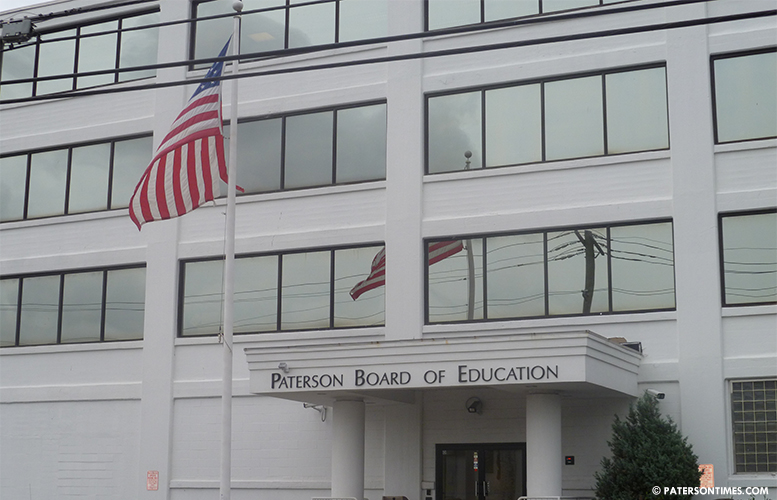City education officials are planning to institute an elementary school choice program to increase student achievement. Parents will have the ability to send their children to default neighborhood schools, opt for magnet schools through a lottery system, or move their children to out-of-neighborhood schools through a “controlled choice” option.
“This is about improving student achievement and outcomes,” said state-appointed district superintendent Donnie Evans. “The sole purpose of school choice is for school improvement purposes.”
Evans said research is clear school choice increases reading, math scores, and graduation rates. Indeed, the remarkable increase in high school graduation rate from 45-percent to 73-percent in four years is attributed to Evans breaking up high schools into smaller specialized academies. The district intends to do something similar with elementary schools.
The city currently has five elementary magnet schools: Alexander Hamilton Academy, Norman S. Weir School, Paterson Academy for the Gifted & Talented, School 1 Renaissance, and Urban Leadership Academy. The district also has two theme specific schools: School 6 organized around science, technology, engineering, art, and mathematics; and Frank Napier, Jr. School focused on mathematics and science.
“There are some programs we can start as school within a school,” said Evans. The superintendent named several possible magnets within existing schools: a fine and performing arts school, a single gender school, and a dual language school. His presentation slides on Wednesday evening also included schools for mathematics and science, literacy, technology, and environmental studies.
Evans said the dual language school will be different from what the district presently has. He said instruction will be issued in two languages, and upon graduation a pupil will leave fluent in English and another language. The district has yet to determine which languages will be used in the dual language school.
Besides the specialized theme-specific and magnet schools, the district will also allow parents to move their children out of neighborhood schools. The controlled choice option will allow a parent, who for example works in St. Joseph’s Regional Medical Center, to transfer her child to nearby School 9 for convenience. A parent is allowed to move her child to any non-magnet school; the district currently allows parents to move their children; however, that process is not as efficient or streamlined as it will be once school choice program is implemented, said Evans.
Controlled choice, which will be rolled out in 2016, does not include transportation even if the student meets the distance requirement, said Evans.
“How is that legal?” asked Christopher Irving, school board president.
“If we were requiring them to go, we would be required to provide transportation,” responded Evans. The superintendent said the parent is making the choice, hence they have to provide transportation.
The controlled choice piece will not be implemented until school year 2016-17. Evans said capacity is a problem in the overcrowded district. He said once the new School 16, Hazel-Marshall, and the new Don Bosco schools are brought online the district will be in position to implement controlled choice.
Students selected through lottery to attend magnet schools will be provided transportation given a 1.5 mile distance from school requirement is met.
Parents uninterested in magnet schools and controlled choice will be able to keep their children in their local neighborhood schools. “They don’t have to do anything,” said Evans. “You just continue to go to that school if that’s what you want.”
School board members raised questions about costs to roll out the program. Irving asked about transportation cost. “Even if it’s three schools, we’re talking about bussing kids throughout the city,” said Irving.
“If we’re providing a science program, we can’t put kids in a regular classroom, we have to have labs,” added Chrystal Cleaves, school board member.
Errol Kerr, school board member, also wanted to know the program’s cost.
“Cost projection should be presented to the board before the program goes anywhere,” added Jonathan Hodges, school board member.
Evans said cost projection will be provided to the board next month. Earlier in the year, the superintendent placed the program in the back burner due to costs. Evans is hoping to have curricula and design for the program prepared by spring 2015 to begin accepting applications for the magnet schools by fall of the same year.
Hodges also wanted clear benchmarks for the magnet schools to determine whether they have met certain criteria at the end of the school year. Evans said he will report annually to the board providing a status report whether the magnet schools are “working or not.”
